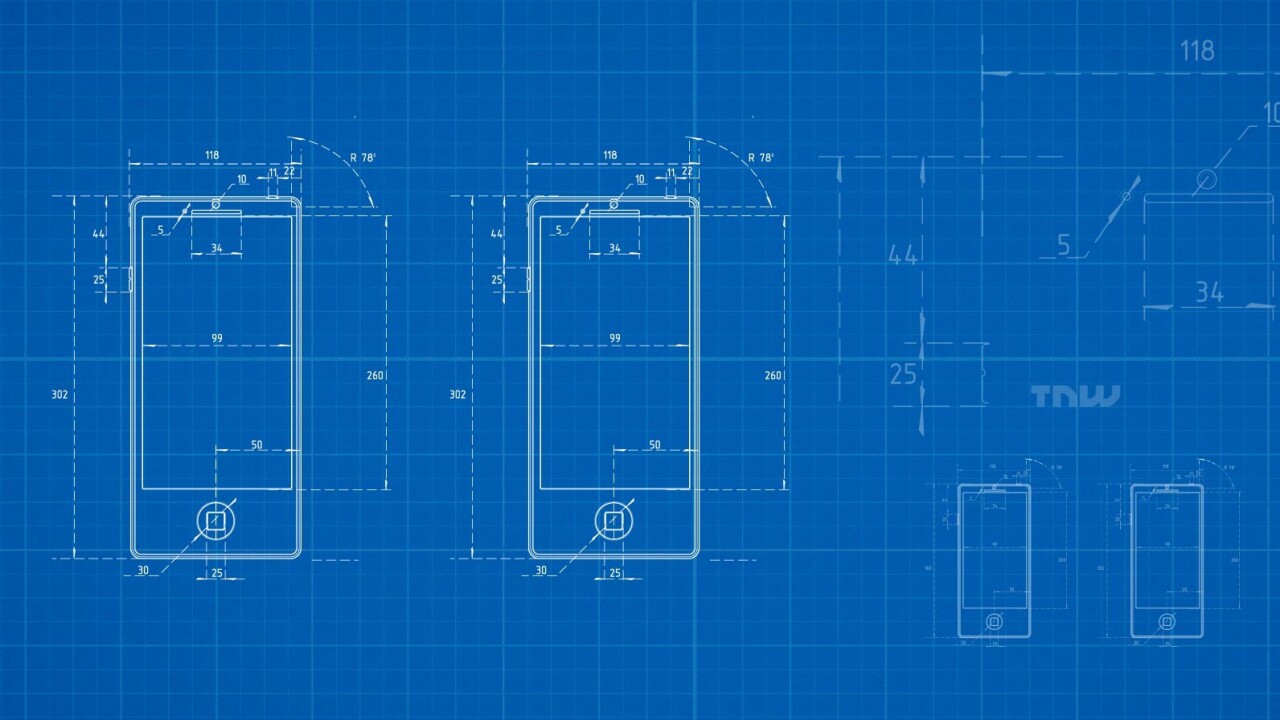
This week, the US patent office issued 6,523 patents. Each patent adds a little something new to the human knowledge base.
As we can’t list all six thousand, the PatentYogi team has selected the five most interesting patents.
Disney themes parks are about to to become more entertaining
Patent number: US 9,383,730

Disney plans to create zones in its theme parks. These zones will be physical areas where guests approach, participate in, and leave an interactive experience.
Disney will use some kind of identification technology (e.g., RFID, image recognition, etc.) to detect and identify group guests in these zones.
When a guest group is in an experience zone, the system will then automatically trigger the interactive experiences for the members of the group. For example, during a ride, members of a group are shown images of each other. This makes the ride all the more fun. It will be kind of kiss-cam experience.
Microsoft will help you live multiple online lives
Patent number: US 20160197859

Microsoft plans to help you manage these multiple online personalities when it comes to Instant messaging.
A user will be able to name and save multiple different “personas” or “personalities,” which are basically groups of instant messaging self-expression settings such as, for example, Buddy Icons, Buddy Sounds, Buddy Wallpaper and Emoticons (e.g., Smileys). Then, depending on the identity with whom the user communicates, they can quickly access and adopt one of their personalities in an instant messaging environment, and may manage the online appearance they present to others.
For example, the persona projected to co-workers may be different from the persona projected to close friends.
Amazon to generate electricity through pipes in their data centers
Patent number: US 20160194975

The data centers consume huge amount of electricity. Many companies try to power their data centers using renewable energy. Microsoft, Facebook, and Amazon have previously built data centers around the Columbia River system that produces hydro-electric power.
Amazon has patented an energy harvesting system to generate electricity through fluid-moving pipes in their data centers. A typical data center building includes fluid systems that carry fluids from one place to another within the building. Examples of fluid systems include utility water systems for personal use, process water systems for industrial use, cooling systems, heating systems, and wastewater removal systems.
The fluids move via conduits. Amazon plans to use turbines with runners in the flow of fluids in the conduits. A generator produces electricity from rotation of the runners. An electrical energy storage device stores the electrical energy produced by the generator. The electrical energy storage device can supply electrical power to various other systems in the data centers.
Google is a step closer to solar planes
Patent number: US 20160194072

These planes will operate in unique environment for extended periods of time. So, they will need robust solar cells for continued operation over long durations.
The patent discloses a method of making a solar cell assembly which includes placing backsides of multiple solar cells in contact with a substrate. The solar cells are electrically connected to each other. Heat and pressure are applied to the solar cells and the substrate to simultaneously impress the solar cells into the substrate and bond the solar cells to the substrate. The solar cells are then covered with protective covers. Further, a vacuum bag is placed on the assembly.
The overall strength of the solar cell assembly will be able to carry loads that would normally be carried by the aircraft structure. For example, when the solar cell assembly forms part of a wing upper surface, the upper surface can be placed in compression as the wing bends upwardly. Because the solar cells are intimately integrated with the assembly, they can carry the compression loads. Solar cells that are merely surface mounted on a wing (as is the case with some conventional arrangements) cannot suitably carry such compression loads.
Bee Robotics patents drones for fully automated farming
Patent number: US 9,382,003

Bee Robotics envisions automated farming that is done using small, agile, lightweight, energy-efficient automated robotic equipment that flies to do the same job, even able to farm on a plant-by-plant basis, allowing for new ways of farming.
Automated farming will use drones that are equipped with detachable implements and reservoirs. Automated farming will use high-precision GPS and other precision positioning and vision technology to autonomously and precisely perform crop dusting, planting, fertilizing and other field related farming or husbandry tasks. Several subsystems will be used for the control, refill, recharge and communication of the aerial farm robots.
Automated farming is an alternative to current farm mechanization that will allow us to implement a farming model that drastically optimizes productivity in a sustainable and economic manner. It also allows existing large scale monoculture operations to move to more ecological and economical viable models while significantly increasing yields per hectare.
Get the TNW newsletter
Get the most important tech news in your inbox each week.




